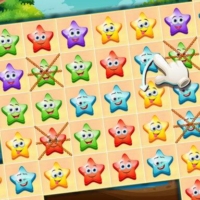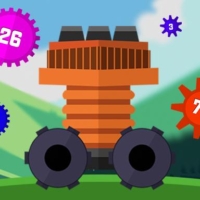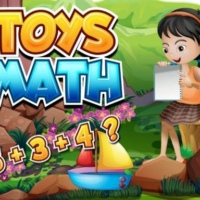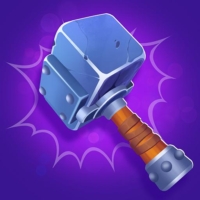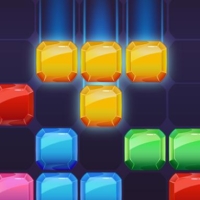New Games
Toys Math
Introduction to Toys Math and How to Play
Toys Math is an educational puzzle game designed to teach children and young learners the fundamentals of math in a fun and engaging way. The game uses toys as a central theme, making learning math enjoyable and interactive. Through simple arithmetic challenges and colorful visuals, Toys Math helps players develop their problem-solving skills and numeracy while offering a playful and motivating environment.
In this article, we will explore what Toys Math is, how to play the game, and provide useful tips and strategies for succeeding in the game.
What is Toys Math?
Toys Math is a math-based puzzle game where players are tasked with solving arithmetic problems using toys as the visual elements. The game focuses on teaching essential math skills such as addition, subtraction, multiplication, and division. As players progress through the levels, the difficulty of the math problems gradually increases, challenging them to improve their mathematical abilities.
The game is designed with bright colors, fun toy-themed graphics, and simple mechanics that make it accessible to younger players. Whether you’re looking to improve your basic math skills or just have fun with numbers, Toys Math offers an engaging and educational experience.
How to Play Toys Math
- Getting Started:
- Upon opening Toys Math, you will be presented with a user-friendly interface that allows you to choose the difficulty level and the type of math operations you want to practice. You can usually select from options like addition, subtraction, multiplication, and division.
- After selecting your preferred math operation, you’ll start the game, which will present you with a series of math problems to solve.
- Solving Math Problems:
- The core gameplay in Toys Math revolves around solving math problems that involve toys or toy-themed objects. For example, you may need to count a set of toys or perform a calculation based on toy items.
- Each question will typically display a visual representation of the math problem, such as counting toy cars, dolls, or blocks. Players are then required to select the correct answer from multiple choices.
- The problems will range from simple single-digit addition to more complex multi-digit multiplication as you advance through levels.
- Completing Challenges:
- In each level, players must solve a certain number of problems to proceed. The quicker and more accurately you answer, the more points you earn.
- As you progress, new challenges are introduced. For example, you may need to solve multiple problems in a row, or you may face time constraints to increase the challenge.
- Some levels also feature bonus rounds where players can earn extra points or rewards by completing specific math tasks.
- Upgrades and Rewards:
- Successful completion of levels often rewards players with points or in-game currency that can be used to unlock new levels, customize the game, or buy power-ups.
- Power-ups might help you skip particularly tricky problems or give hints to solve more difficult ones. These rewards can be used strategically to help you advance when you get stuck.
- Difficulty Progression:
- As you complete levels, the difficulty increases. Simple addition problems might evolve into multi-step equations or more complex operations like multiplication and division.
- The game adapts to the player’s performance, so if you’re doing well, it will increase the difficulty; if you’re struggling, it might present easier questions to help you stay engaged and learning.
Tips and Strategies for Success in Toys Math
- Start with Simple Problems:
- If you’re new to math or playing Toys Math for the first time, begin with the easiest difficulty setting. This will allow you to become familiar with the gameplay mechanics and build a solid foundation of basic math skills before tackling more challenging problems.
- Practice Regularly:
- Like any skill, math improves with practice. Make it a habit to play Toys Math regularly to build your mental math abilities. The more you practice, the quicker you’ll be able to solve problems, and the better you’ll become at handling more complex equations.
- Use Visual Cues:
- Toys Math often includes visual elements, such as toy objects, that can help you understand the math problems. Pay attention to these visual cues, as they can provide hints and make the math concepts easier to grasp.
- For example, if the question asks, “How many toys are there in total?” and shows three toy trucks, counting them can help you solve the problem correctly.
- Focus on Accuracy:
- While speed is important in Toys Math, accuracy is equally vital. Take your time to double-check your answers, especially when dealing with larger numbers or more complex operations. It’s better to answer slowly but correctly than to rush and make mistakes.
- Review and Learn from Mistakes:
- If you make a mistake, don’t be discouraged. Review the problem and understand where you went wrong. This will help you improve and avoid similar errors in the future.
- Learning from mistakes is an essential part of mastering any subject, and it will help you develop a stronger grasp of math over time.
- Use Hints and Power-ups Wisely:
- In later levels, when the problems get harder, you may want to use power-ups or hints to make solving problems easier. However, use these resources sparingly, as they may be limited or earn you fewer points if overused.
- Consider saving power-ups for the most difficult levels or problems to maximize their effectiveness.
- Stay Calm and Focused:
- Math problems can be overwhelming, but staying calm and focused is key to solving them efficiently. If you encounter a challenging problem, take a deep breath, and break it down step by step.
- Focus on one problem at a time rather than feeling pressured by the number of questions.
Conclusion
Toy Math is a fantastic educational game that combines fun and learning to help children and young learners develop essential math skills. With its colorful toy-themed visuals, engaging gameplay, and a progressive difficulty curve, the game offers a comprehensive and enjoyable way to practice arithmetic.
By following the tips and strategies mentioned above—practicing regularly, focusing on accuracy, using visual cues, and using power-ups wisely—you can enhance your performance in the game and improve your overall math skills.
So, whether you’re a beginner or just looking for a fun way to sharpen your math abilities, Toys Math is the perfect game to combine education and entertainment!
Instructions
Use mouse or touch pad to play this game.
 Home
Home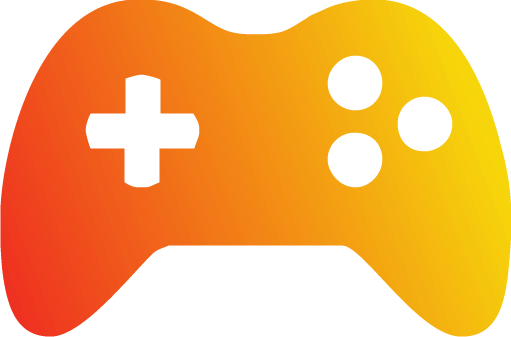 Popular Games
Popular Games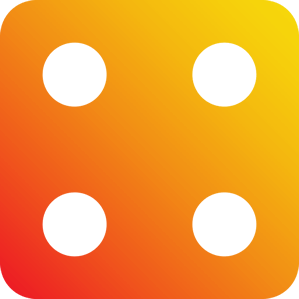 Categories
Categories
